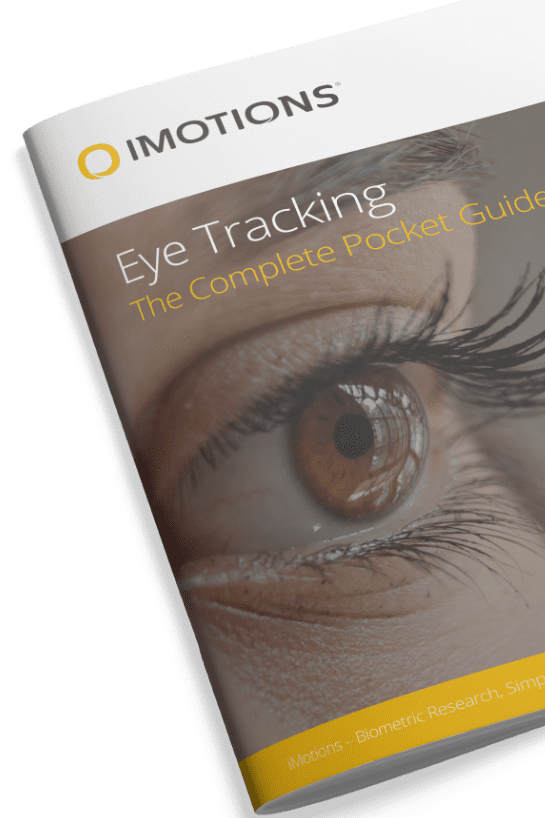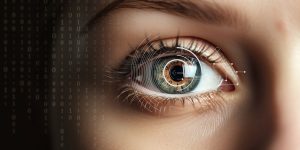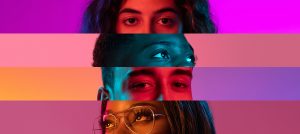The last year has seemed as polarizing as any in recent memory, especially in the U.S. A global pandemic and a highly charged election further emphasized the vast differences on so many issues across the country. It made us wonder how citizens – from both sides of the political spectrum – felt about it. Not what they said or did, but what was manifesting below conscious awareness.
Why? It’s not so much that we’re interested in the political ramifications, but we were interested in the differences in behavior. We’re researchers, after all. We’re fascinated by how brains and bodies react in ways that people simply cannot explain. And also because we thought it would provide an interesting testing ground for our Remote Data Collection Module, which we launched last month.
If you’re not familiar, Remote Data Collection tracks facial expression analysis and eye tracking, through a computer’s webcam, and integrates those measures into our desktop platform – allowing you to test and analyze human responses from anywhere in the world – at any time. It’s a timely solution to COVID-based restrictions, but also a long-term approach to expanding capabilities.
So, recently, we put it to the test. Using an ideologically split group of participants, we tested and analyzed reactions to nearly two dozen familiar, post-COVID videos and images. Happy and sad. Heartwarming and highly charged. Seemingly partisan and non-partisan.
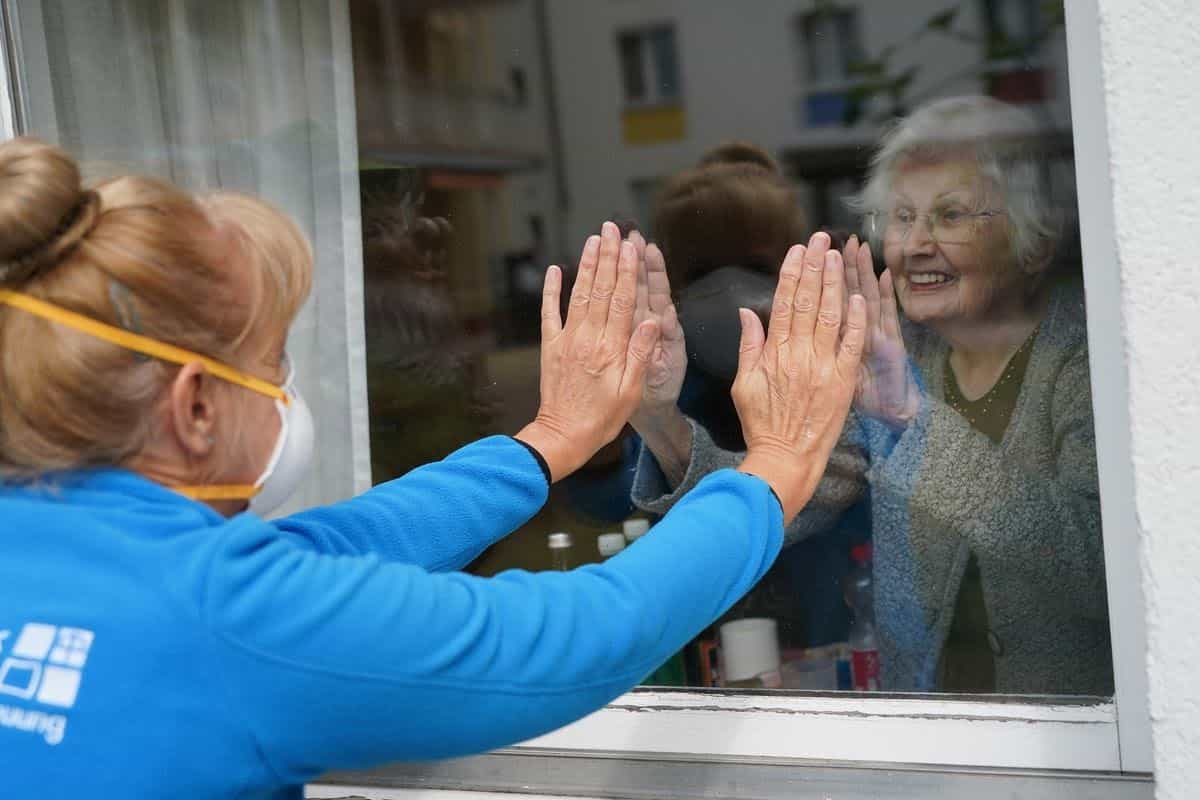
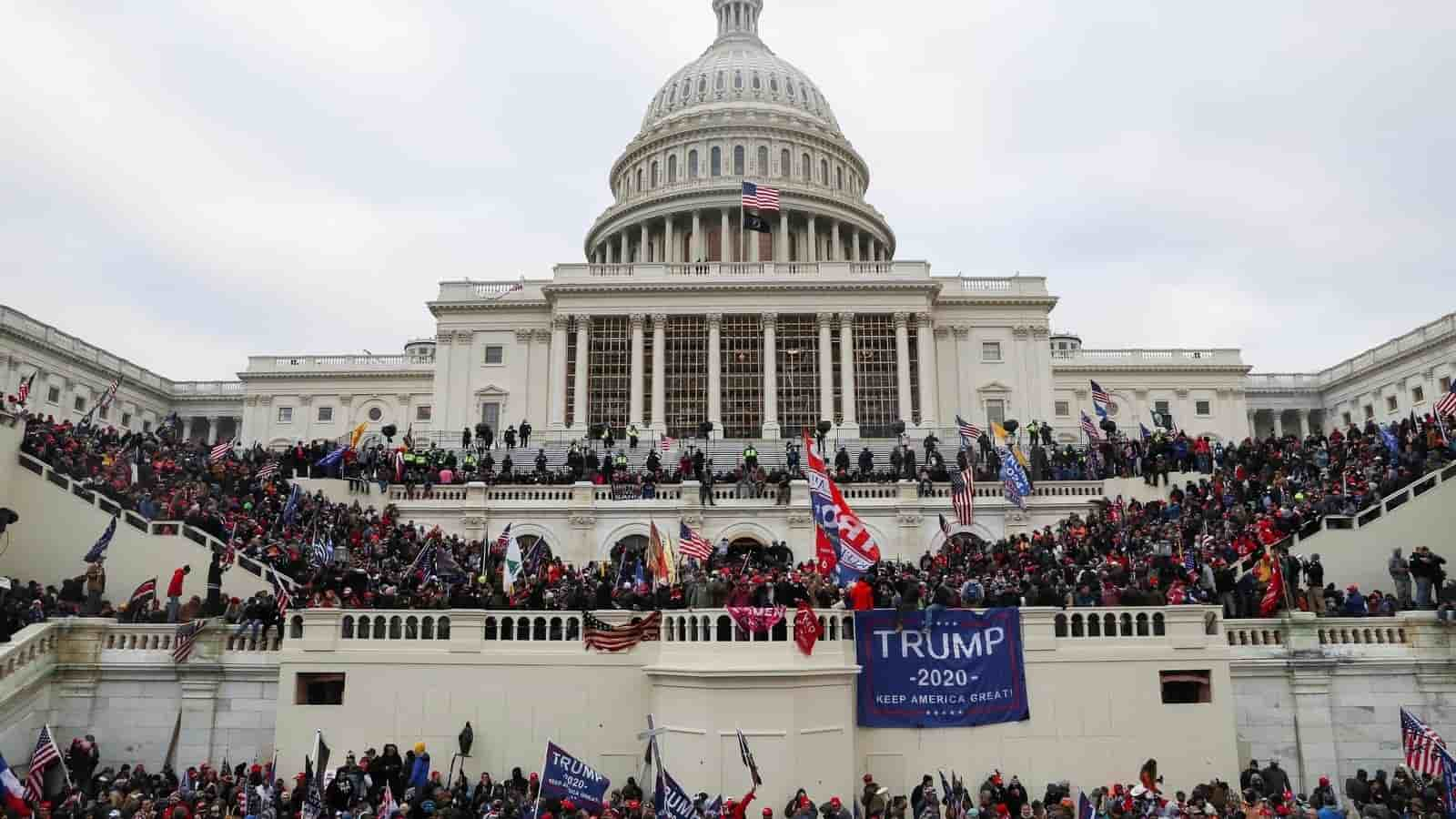
Image: These two images evoked the most emotional responses from respondents
The primary takeaway was that, at a nonconscious level, liberals and conservatives have vastly different reactions to the same visual stimuli – often not even focusing on or seeing the same things. In fact:
- Liberals smiled 3x more than conservatives across all stimuli, while conservatives expressed more than 50% more anger and more than 2x more fear and sadness.
- During President Joe Biden’s inauguration speech, liberals and conservatives had equally strong and opposite reactions each time he alluded to “working together.”
- An image of former Supreme Court Justice Ruth Bader Ginsberg drew more polarizing responses than all stimuli, including those featuring former President Donald Trump, President Joe Biden, Supreme Court justice Amy Comey Barrett, the Capitol insurrection, and the California wildfires.
There were some similarities. As much as we think conservatives and liberals feel differently about the Capitol insurrection and COVID-19, both groups largely reacted the same way. Photos of the Capitol insurrection produced the most anger among both groups; and photos of people who had to resort to visiting family through windows during the pandemic elicited smiles among both groups.
Webcam-based Eye Tracking
When it came to analyzing the webcam-based eye tracking, we had to be especially careful with the collected data. By its very nature, using a webcam for eye tracking will naturally yield much less usable data (due to variability in recording faces at home), and the data that does make the cut will have significantly less accuracy and precision compared to an infrared eye tracker (we have a great blog post outlining this here). So, after filtering for data quality, we examined the eye tracking data off of 20 Liberals and 35 Conservatives – still a pretty small sample size, but still enough to show some interesting trends.
When shown the image of a Black Lives Matter protest, the eye tracking heatmaps suggested that the Liberal group focused more on the weapon, while Conservatives tended to focus more on the protester. Using our new AOI Editor that just came out with iMotions 9.0, we drew Areas of Interest around these features and compared the Dwell Time between groups:
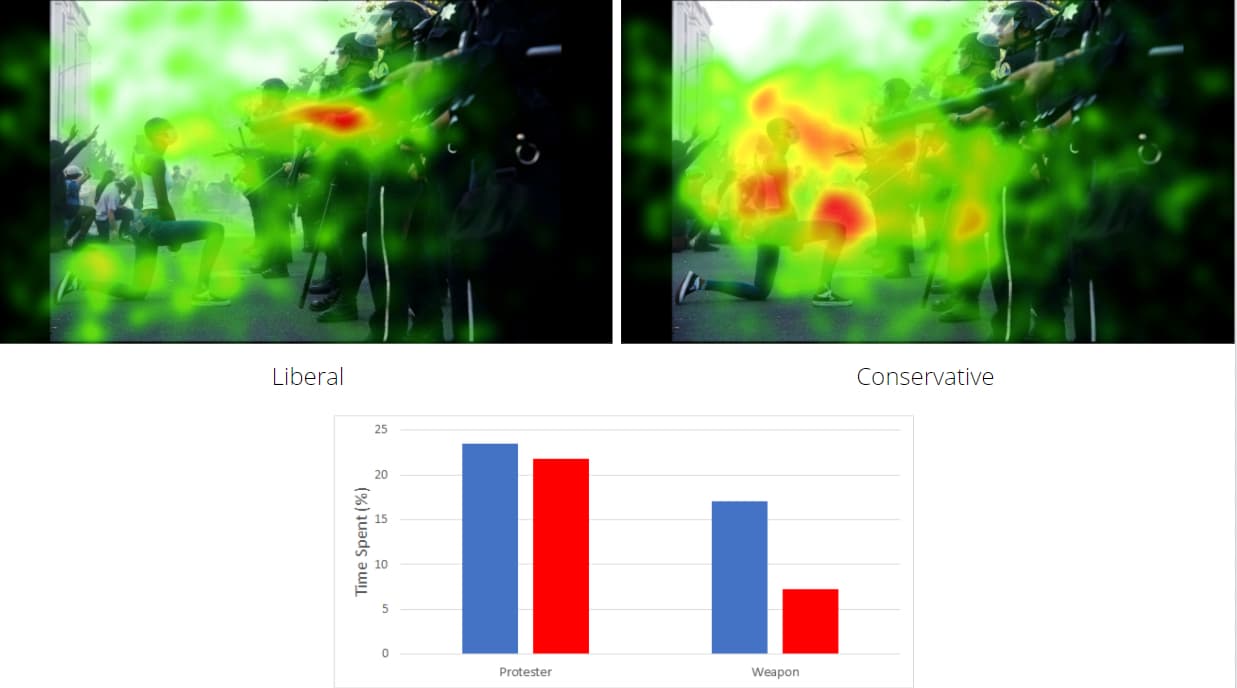
The eye-tracking data also showed interesting differences when groups were shown the victory photo of Biden/Harris. We compared visual attention to Biden versus Harris by drawing Areas of Interest around them – compared to Joe Biden, Kamala Harris immediately drew visual attention resulting in a decreased Hit Time for both groups, moreso amongst Liberals. Furthermore, Kamala Harris kept visual attention longer, with Dwell Times being longer amongst both groups compared to Joe Biden.
Conclusion
Aiming for 300 recruited participants sounds like a lot, but we were actually trying to oversample significantly for a pilot study. Recording from people’s homes, while convenient, also means that you have less control over the quality of that data; for example, people might be seated at different distances from the screen, lighting conditions will be variable, and there’s a high likelihood more people will be lounging on the couch compared to seated properly in front of a lab station. That means that when using Remote Data Collection, you should expect to discard a fair number of participants in the final analysis, all the more so if you are using webcam-based eye tracking. Given that this is intended to be a pilot, we don’t want to make any grand claims on the results, and any interesting findings you see should definitely be taken with a grain of salt. But, whether these insights interest you or not, the takeaway should. Your audiences – whether you’re selling cars or conducting academic research – simply cannot tell you how they feel about everything. No survey or focus group can identify the momentary, nonconscious reactions that are at the heart of choice and decision making.
And it’s never been more important to understand what we cannot see – and they cannot tell. The world has changed dramatically over the last year. New behaviors have become habitual. New beliefs have become core. These shifting behaviors, motivations, and expectations are critical for anyone seeking to understand those they’re trying to reach.
And Remote Data Collection offers a unique way to gather that insight. Consider:
- We conducted the study in a matter of weeks – from design to recruitment to data collection and analysis
- Our participants lived all around the U.S. – from big cities to hard-to-recruit outposts. Yet, there was no travel involved – not in us going to them, or them having to travel to a lab
- It was conducted entirely through participants’ webcams, and we were able to leverage multiple measures to track moment-by-moment responses
- We were able to eliminate a significant number of participant responses that, for various reasons, proved invalid – just the type of data you want to exclude.
Politics can bring out the worst in all of us, tapping into and feeding off of our nonconscious, tribal tendencies. But this isn’t a story of best or worst, of liberal or conservative. Rather, it’s further reinforcement that so much is happening physiologically before someone consciously reacts or responds. And how much easier it continues to become – whether through cost, access, scalability, or flexibility – to access those.
In the Media
Recently The Boston Globe newspaper ran a story about how this field study, as well as the Remote Data Collection modules, came to be. You can read the full story here. (opens in a new tab)
Eye Tracking
The Complete Pocket Guide
- 32 pages of comprehensive eye tracking material
- Valuable eye tracking research insights (with examples)
- Learn how to take your research to the next level
